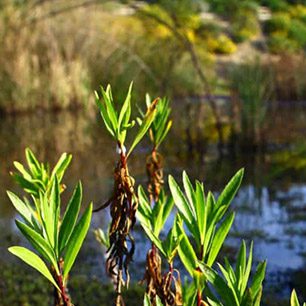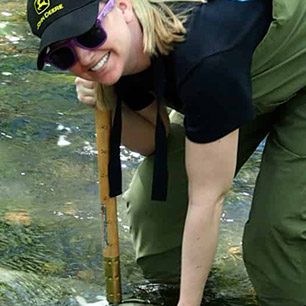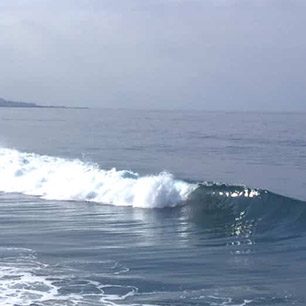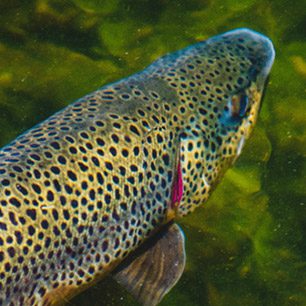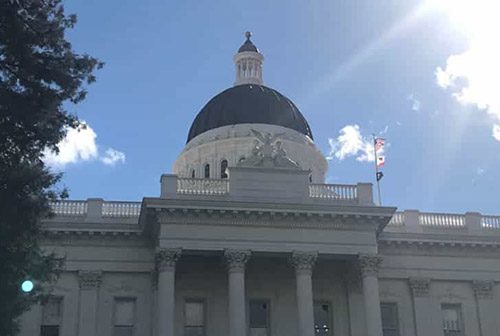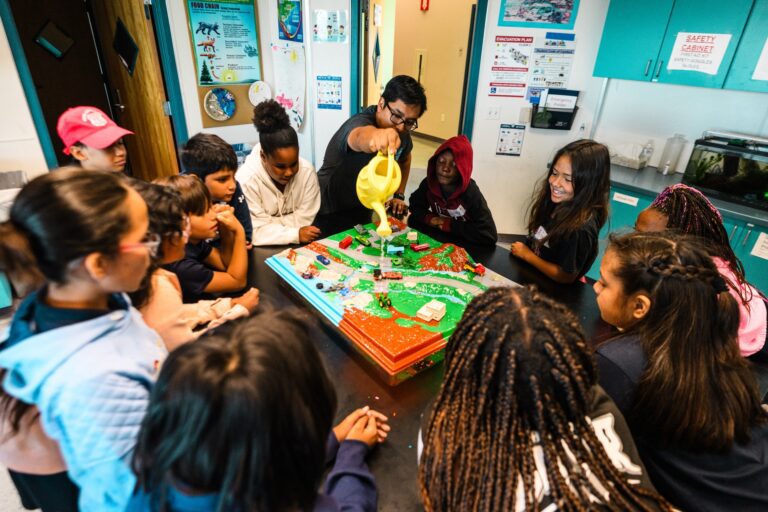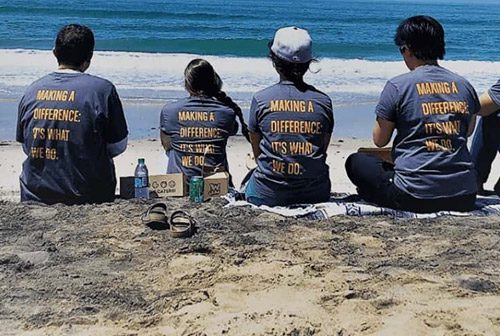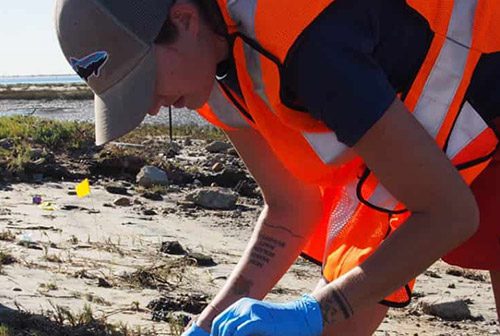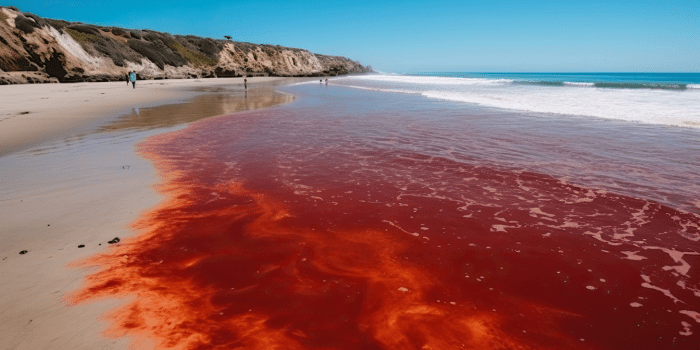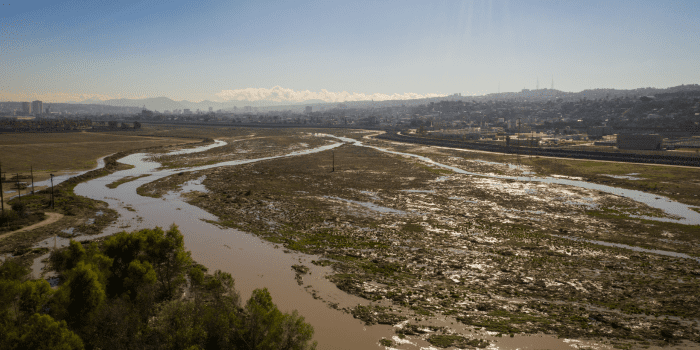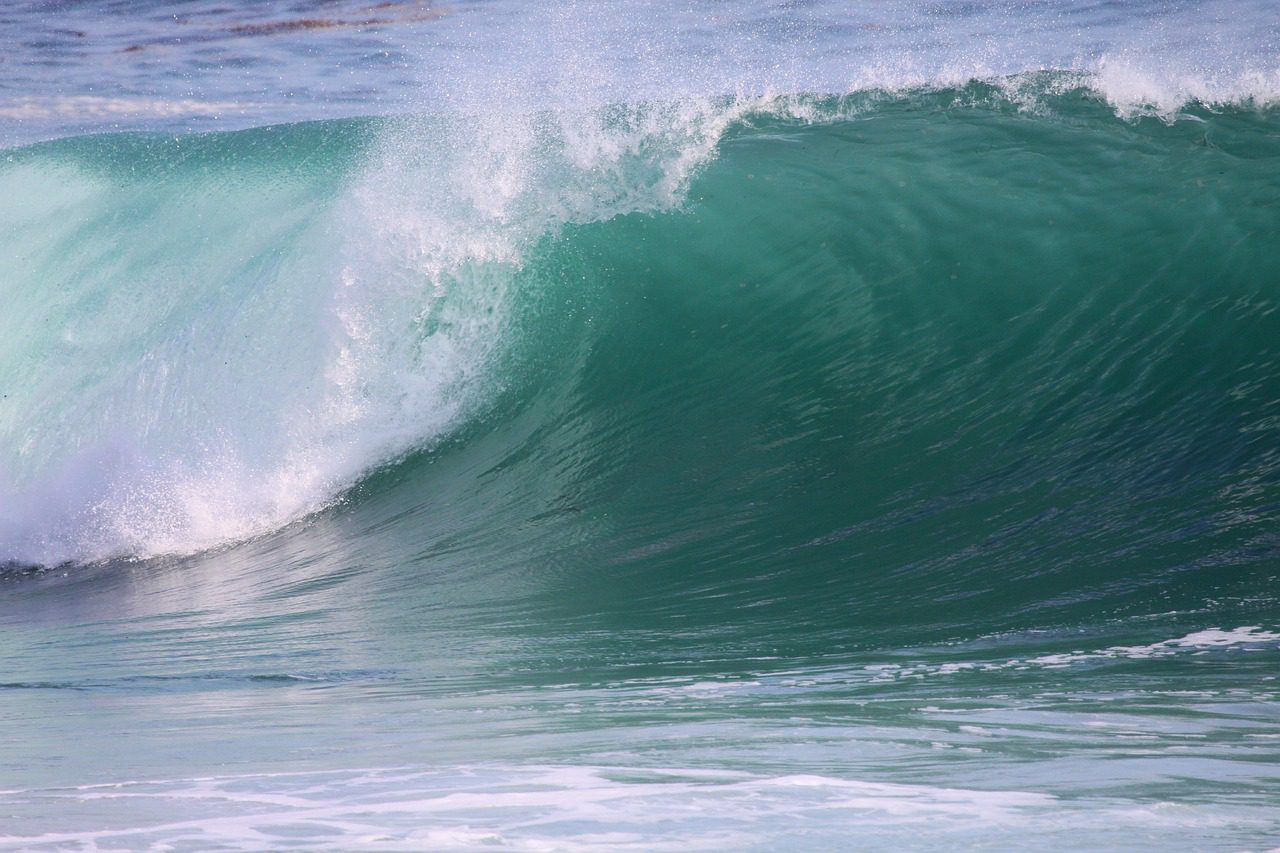After every beach cleanup we are hit with ample evidence of the ubiquity of paper and plastic products in our everyday lives. It is quite clear that these products are everywhere we turn, sometimes in places they don’t belong like in our waterways and on our beaches. What isn’t necessarily as obvious are the wide variety of ways these products manifest themselves and the different impacts the use of each has on fishable, swimmable and drinkable waters.
Our choices in these products and in our choice of the businesses who use them can make a significant difference in our waterways. With this in mind, let’s explore some of the categories:
• Biodegradable: “Claims that a product is “degradable,” “biodegradable” or “photodegradable” mean that the materials will break down and return to nature within a reasonably short time after customary disposal,” according to the Bureau of Consumer Protection.
• Compostable: “’Compostable’ claims would be appropriate on products or packages that will break down, or become part of usable compost (for example, soil conditioning material or mulch), in a safe and timely manner in home compost piles,” according to Bureau of Consumer Protection. Many packaging materials promoted as compostable can only be composted in facilities with high temperature and humidity levels. This means that these materials must be separated from trash, collected and transported to the proper facilities. It is important to note that throwing “compostable” items in the landfill with the rest of our trash means they will not compost. Most cities do not offer these types of collection programs or composting facilities.
• Pre-consumer recycled material: “…a waste product of a manufacturing process, diverted from the solid waste stream and not normally reused by industry during the original manufacturing process,” according to the Bureau of Consumer Protection.
• Post-consumer recycled material: having been used and recycled for use in another consumer product.
• Recyclable: “’Recyclable’ claims on labels and advertisements mean that the products can be collected, separated or recovered from the solid waste stream and used again, or reused in the manufacture or assembly of another package or product through an established recycling program,” according to the Bureau of Consumer Protection.
• PLA (polylactic acid): resin made from corn starch, can be used in the manufacturing process of alternative packaging materials.
• Bagasse: fibrous natural byproduct of sugarcane refinement, can be used in the manufacturing process of alternative packaging materials.
• Styrene: an industrial chemical, one of the primary components of plastic foam, and has recently been listed as a carcinogen by the 12th Report on Carcinogens by the National Toxicology Program.
Inspired to make new choices? Learn more strategies to assure fishable, swimmable and drinkable waters by visiting our change your habits page.

